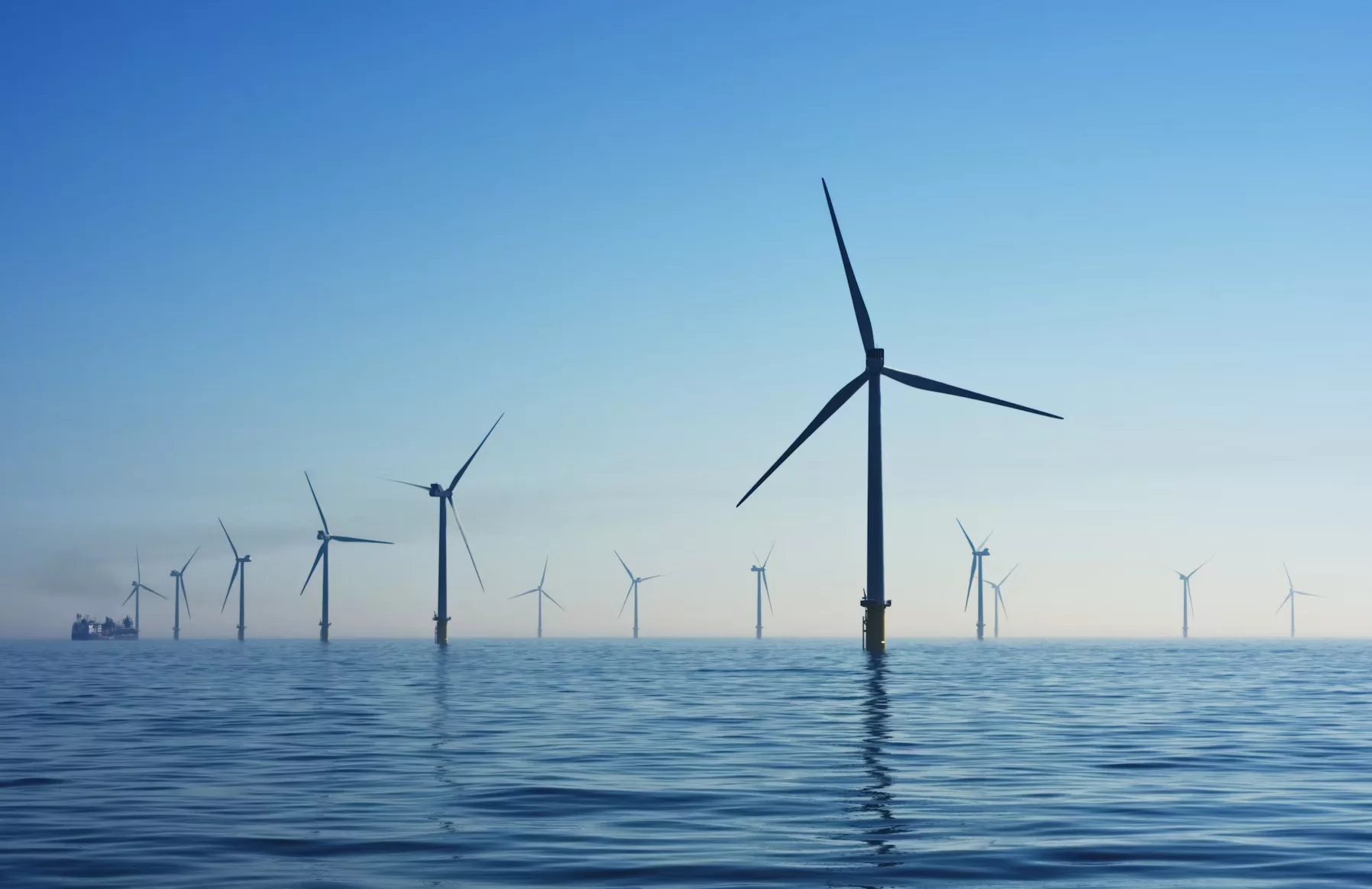Embarking on a mission to enhance the efficiency and sustainability of offshore wind power, the U.S. Department of Energy (DOE) in collaboration with the National Oceanic and Atmospheric Administration (NOAA), has initiated the Wind Forecast Improvement Project’s third phase (WFIP3). Spanning over 18 months, this initiative targets the collection of vital weather, ocean, and wildlife data in the vicinity of active and prospective offshore wind farm locations along the Northeastern seaboard.
In Pursuit of Renewable Energy Excellence
The DOE acknowledges the burgeoning potential of our seas as a hub for renewable energy, with Alejandro Moreno highlighting the importance of thoroughly understanding the offshore environment. By addressing what they term the “grand challenge,” DOE and its affiliates are committed to ensuring that offshore wind systems are not only high-performance but also integrate seamlessly into the future energy grid.
Weather and wind patterns significantly impact the operational success of wind farms. Offshore setups, in particular, present a layer of complexity due to atmospheric and oceanic interactions, making precise forecasting critical for optimizing energy production and managing wind farms.
Enhancing NOAA’s Weather Models
NOAA’s Atmospheric Science for Renewable Energy Program manager, Dave Turner, emphasizes the importance of characterizing the offshore wind energy environment. Through gathered insights, NOAA aspires to refine its weather prediction capabilities, which form the bedrock of energy sector forecasts and day-to-day wind plant management.
A Technological Leap Forward
Technology deployment over the recent three months includes cutting-edge remote sensing instruments, buoys, and towers near the coasts of Massachusetts, Rhode Island, and Long Island, home to wind projects such as Vineyard Wind and Block Island Wind Farm. As of now, these instruments embark on a critical 18-month real-time data gathering journey on various relevant environmental factors.
Toward Responsible Offshore Wind Deployment
Addressing ecological and environmental concerns, WFIP3 also seeks to monitor the local wildlife, gathering data on creatures such as whales, birds, and bats to understand their behavioral patterns better and to assess the potential impacts of offshore wind developments.
Collaboration for a Sustainable Future
The WFIP3 draws on the expertise and collaboration of multiple entities, including national labs, universities, industry partners, and local governments. Leading the research endeavor, Anthony Kirincich from the Woods Hole Oceanographic Institution acknowledges the project’s significance and celebrates the diverse partnership working towards the DOE’s objectives of advancing scientific knowledge, reducing energy costs, and safeguarding wildlife.
Building upon the previous phases that improved land-based wind forecasting accuracy, the WFIP3 aims even higher. With NOAA’s expertise, data from prior phases have already contributed to significant operational weather model enhancements, offering financial savings to utilities and customers alike.
Post-Study Implications and Achievements
Upon the conclusion of this extensive data collection mission, WFIP3’s offshore monitoring apparatus will be withdrawn, with the findings disseminated for public and professional consumption, with the ultimate goal of elevating weather forecast accuracy for the region to new heights.
